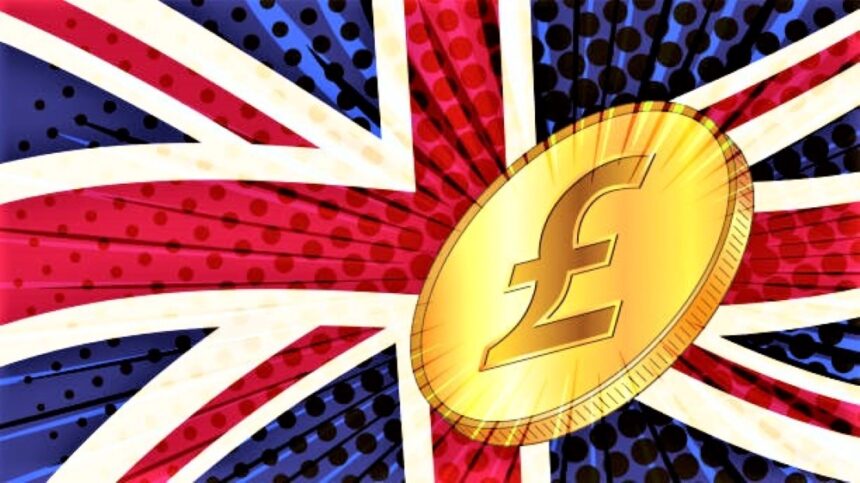Pound sterling remained buoyant despite expectations that the Fed would lower interest rates before the Bank of England.
The Pound Sterling (GBP) strengthened against the US Dollar in Thursday’s London session. As investors anticipate that the Bank of England (BoE) would begin lowering interest rates after the Federal Reserve (Fed). The market expects the BoE and Fed to decrease interest rates at their policy meetings in June and August, respectively.
The UK budget for 2024 was roughly consistent with market predictions.
Aside from anticipation that the BoE may choose to reduce interest rates. Llater than others The announcement of the breadth of fiscal stimulus in the United Kingdom’s budget for 2024. As well as the central banks of the Group of Seven nations (G-7), have all supported the Pound Sterling.
Jeremy Hunt, the Chancellor of the Exchequer, stated on Wednesday. That the UK government seeks to reduce public sector net debt. And the budgetary deficit while supporting economic development.
Moving forward, the UK’s Average Earnings data for the three months ending in January. Which will be released early next week, will provide a new perspective on inflation. Wage growth has stayed at a rate. That is nearly double that required to keep inflation at 2%. Strong wage growth momentum would lower market expectations for rate cuts, potentially benefiting the Pound Sterling.
Daily Market movers: Pound Sterling extends its upswing; US Dollar weakens.
The pound sterling edged higher above 1.2700 as investors sought new insights into the interest rate outlook.
The policies proposed in the United Kingdom budget 2024, announced by Chancellor of the Exchequer Jeremy Hunt, broadly met expectations. Hunt announced a 2% drop in National Insurance Contributions (NICs), saving the average income roughly 450 pounds this year. Combined with last year’s decrease, workers would save 900 pounds.
Jeremy Hunt revealed that the OBR had increased its growth predictions for 2024 and 2025 to 0.9% and 1.9%, respectively. The administration plans to increase defense spending to 2.5% of the GDP. Capital gains tax on property sales. will be reduced to 24% from 28%. The government has prolonged the freeze on fuel and alcohol duties.
Going forward, the Pound Sterling will be guided by market expectations of Bank of England rate decreases. Investors expect the BoE to begin lowering interest rates in August. However, BoE policymakers have stated that they will not make such a move unless they see indications of inflation returning to 2% on a sustained basis.
On the other side of the Atlantic, the United States’ ADP Employment Change for February and JOLTS Job Openings statistics for January indicated a weakening labor demand. This has created downward pressure on the US dollar.
The US Dollar has been under pressure due to easing labor market circumstances.
The US Dollar Index (DXY), which measures the US dollar’s value against six major currencies, has retested a monthly low of around 103.20.
The uncertainty The debate over the timing of the Federal Reserve rate cut continues, with Chair Jerome Powell saying, “We do not expect it will be appropriate to reduce policy rates until we have greater confidence in inflation moving sustainably toward 2%,” in his prepared statement in the semi-annual monetary policy report delivered to Congress.









